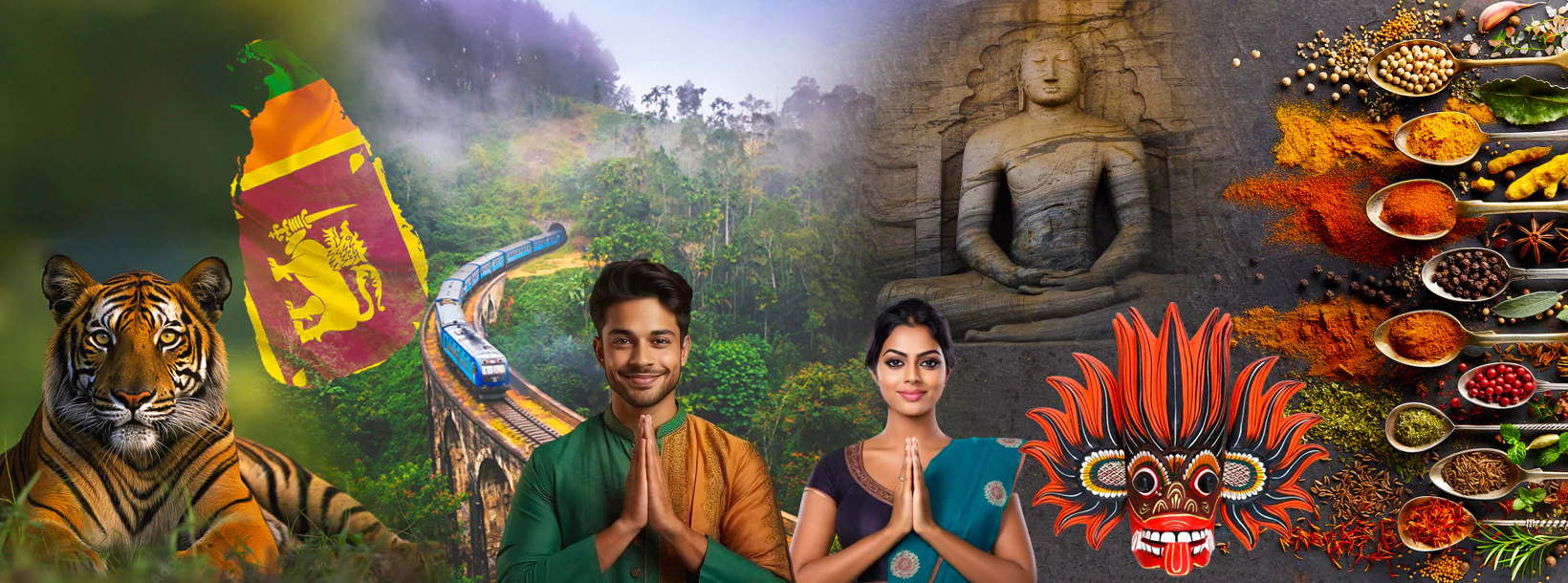
Sri Lanka
Sri Lanka, an island nation in South Asia, is renowned for its rich cultural heritage, diverse landscapes, and wildlife. Attractions include ancient temples, pristine beaches, lush tea plantations, and vibrant festivals. The country's unique blend of cultures, warm hospitality, and delicious cuisine make it a captivating destination for travelers.
Catamaran Safari
A catamaran safari in Sri Lanka is a captivating way to explore the island's stunning coastal waters and rich marine biodiversity. This type of adventure offers tourists a chance to experience the Indian Ocean's beauty aboard a modern or traditional catamaran, designed to provide both comfort and a close connection with the sea.
The catamaran safari typically begins along the serene beaches of the West or South Coast, where the turquoise waters and gentle breezes create perfect conditions for sailing. These safaris are ideal for viewing the island’s scenic coastline, including lush tropical landscapes and historically significant sites visible from the water. The journey often includes stops at various points of interest, such as snorkeling spots where participants can dive into the water to explore vibrant coral reefs and encounter a diverse range of marine life including tropical fish, sea turtles, and occasionally dolphins.
Many catamaran safaris in Sri Lanka are equipped with all the amenities needed for a day (or more) at sea, including comfortable seating areas, sun decks for relaxing, and dining arrangements. The experience is not only recreational but also educational, with guides providing insights into the ecological characteristics of the marine environments you visit and the conservation efforts in place to protect these precious ecosystems.
For those looking for a more culturally immersive experience, some tours offer traditional Sri Lankan catamaran safaris on boats that have been used by local fishermen for generations. These tours highlight traditional fishing techniques and the maritime heritage of Sri Lanka, offering a deeper understanding of the island’s connection to the sea.
Whether you are a nature lover, a marine enthusiast, or simply looking for a peaceful escape on the water, a catamaran safari in Sri Lanka offers a unique and memorable way to experience the island's natural beauty and cultural richness from the perspective of its expansive blue waters.










